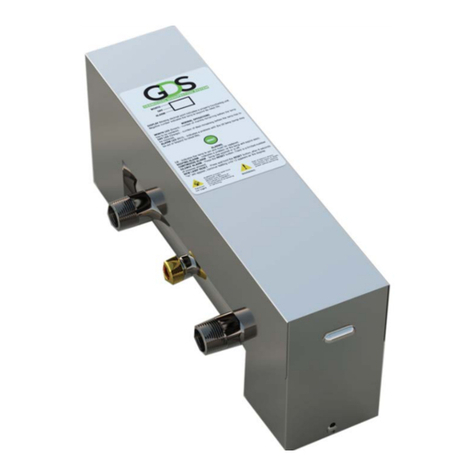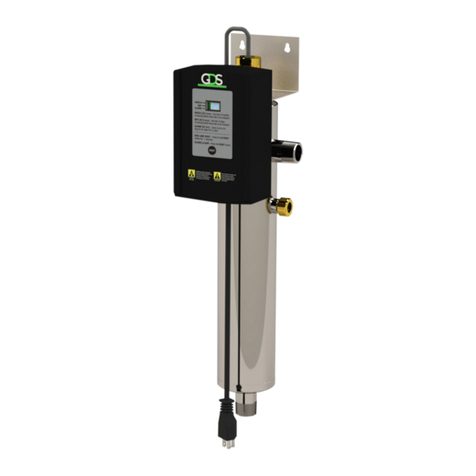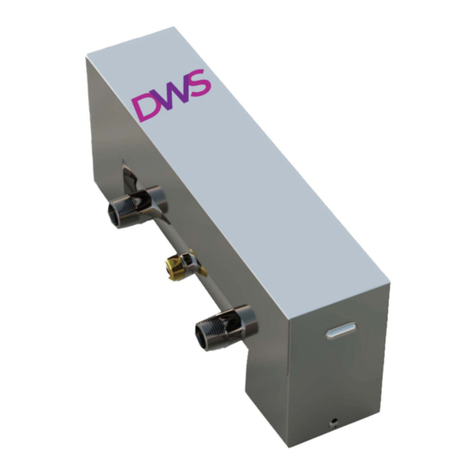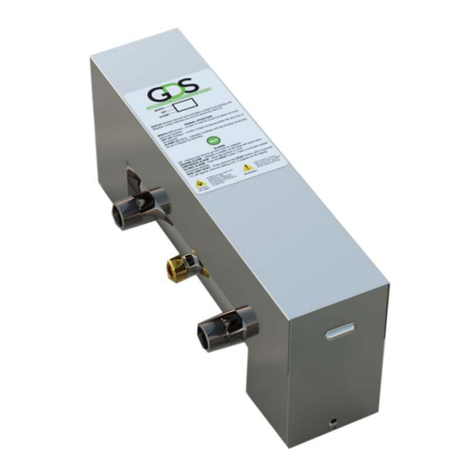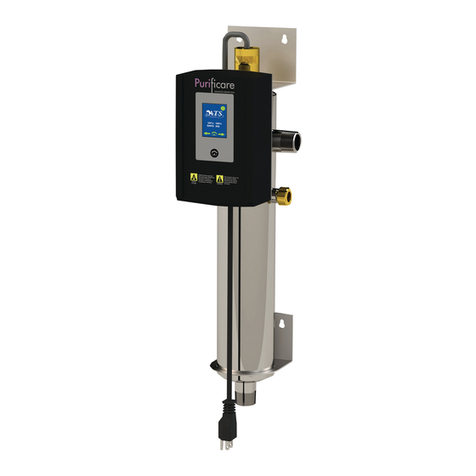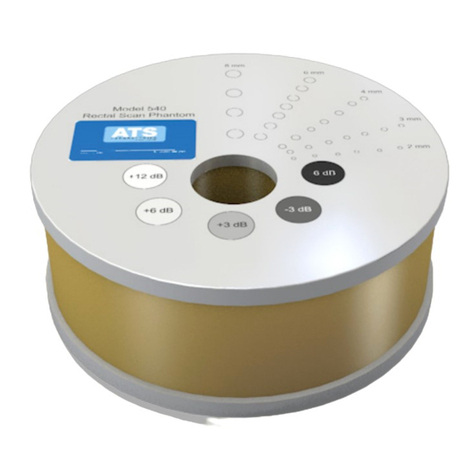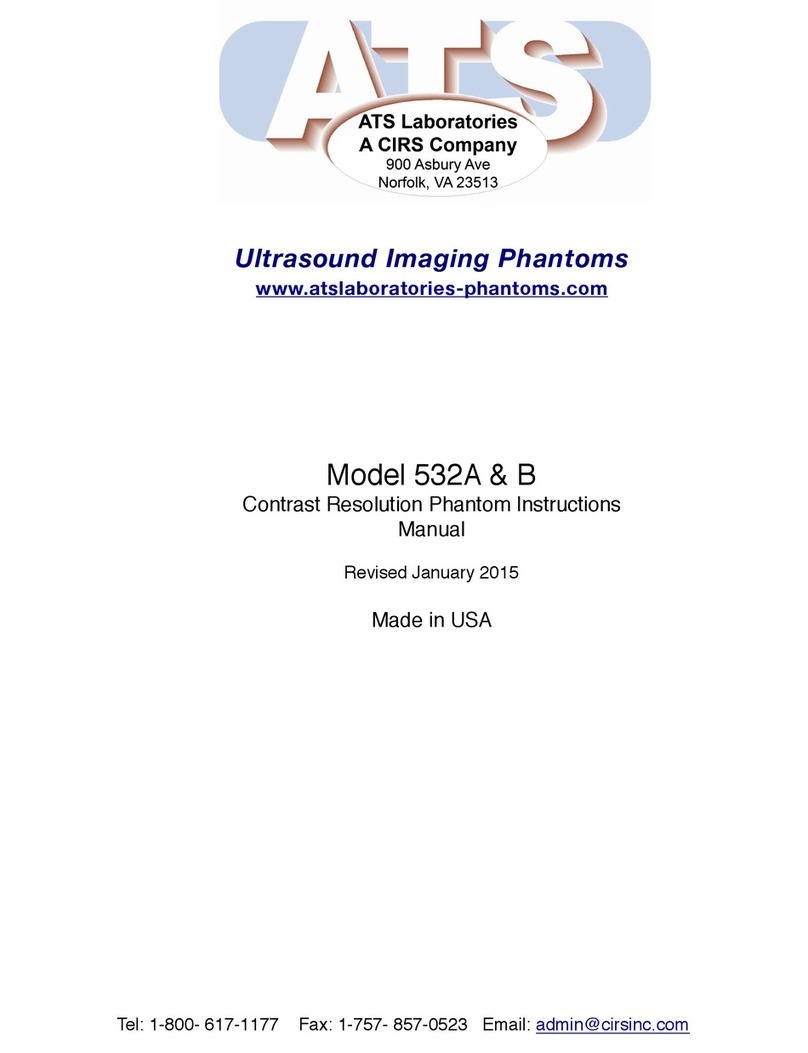
ii MAN - Pyrolytic Oven - REV: Original
D.6 How to Measure Oven Negative Pressure (Draft)............................................................................................ 15
D.7 How to Adjust to Oven Draft ............................................................................................................................. 15
D.8 Pressure Switch for Draft Inducer Blower Motor .............................................................................................. 16
E. Software Overivew................................................................................................................... 17
E.1 Software Screen Map ....................................................................................................................................... 17
E.2 Main Screen ..................................................................................................................................................... 18
Start Button ................................................................................................................................................ 18
End/Stop Button......................................................................................................................................... 18
Alarm Button .............................................................................................................................................. 18
View Button................................................................................................................................................ 18
State Status Indicator Bar .......................................................................................................................... 19
O State ..................................................................................................................................................... 19
Oxidizer Preheat ........................................................................................................................................ 19
Oven Soak ................................................................................................................................................. 20
Run Soak .................................................................................................................................................. 20
Cool Down ................................................................................................................................................. 20
Cycle Finished ........................................................................................................................................... 20
Delay Start ................................................................................................................................................. 20
E.3 View Screen...................................................................................................................................................... 21
ID................................................................................................................................................................ 21
Password ................................................................................................................................................... 21
Manual Button............................................................................................................................................ 21
Passwords Button ...................................................................................................................................... 22
Standardize Button .................................................................................................................................... 22
Settings, Language, Data, and Alarm Butons ........................................................................................... 22
Done Button ............................................................................................................................................... 22
E.4 Language Screen ............................................................................................................................................. 22
E.5 Settings Screen ................................................................................................................................................ 23
Cycle Time ................................................................................................................................................. 23
IP Address.................................................................................................................................................. 23
Current Time .............................................................................................................................................. 23
Preheat Delay ............................................................................................................................................ 23
Done Button ............................................................................................................................................... 24
E.6 Manual Screen .................................................................................................................................... 24
Six Buttons Across Top of Screen.............................................................................................................. 24
Four Indicators on the Left Side................................................................................................................. 24
Values on the Right Side............................................................................................................................ 24
Set Point for Both Oven and Oxidizer Chamber ........................................................................................ 24
Current Draft .............................................................................................................................................. 25












